Madagascar is an island nation located off the southeast coast of Africa that is well known for its varied species of wildlife and beautiful landscapes. The city of Mahajanga boasts a tropical climate, pristine beaches, and picturesque scenery. Accessible by taxi-brousse (a van; the Malagasy form of medium-to-long distance transit) from the capital city of Antananarivo (about 10 hours with the taxi-brousse company Cotisse), it’s one of the more accessible tourist destinations in Madagascar.
What to do in Madagascar
Petite Plage is a serene beach area just north of the city (via taxi-bus #6). For 3,000ar (1 USD) you can rent an umbrella and mats for the day, and enjoy the year-round warmth of the Mozambique Channel. There are local foods available there, including lunches served to your spot on the beach (3 to 7 USD per meal).
About 3 miles up the coast is another beach area called Grand Pavois, which is even quieter than Petite Plage. This area has a few more restaurants and bars, as well as nicer hotels nearby. This beach also offers cabanas with beach beds, chairs, or picnic tables. Grand Pavois can be reached by taking a private taxi from Mahajanga (60,000ar or 19 USD round trip) or taxi-bus #15 and walking a further 1.5 miles (500ar or 16 cents). Some great sightseeing can be done just a 10 minute walk beyond Grand Pavois at Cirque Rouge. This group of small mountains ranges in color from lilac to all shades of red.
While Malagasy meals are famous for their rice, ‘brochettes’ are a local hit, particularly in Mahajanga where the fresh seafood is a special. The Jardin D’amour is the most scenic location from which to enjoy this cuisine, but it can also be found at countless grills along the city’s boardwalk.
What to wear in Madagascar
Summer clothes are a must, year round. Even in the coldest month of the year, July, it is humid and 85 to 90 degrees Fahrenheit. Good walking shoes are a must for the hiking, national park, and are a plus for walking around town.
Where to stay in Madagascar
Hotel Konto was in a great location, a 5-10 minute walk from the center of town, in a quiet area with a slight view of the Mozambique Channel. The staff were great, prices fair, and room basic but adequate – especially for the price.
Tourist sites in Madagascar
-Tsingy (unique rock formations, accessible by private car only)
-Ankarafantsika National Park (enjoy hiking and viewing unique species of animals)
-Lighthouse Tour (hotel “Chez Tranquillle” organizes day trips to a nearby lighthouse)
Author: Devan Mizzoni

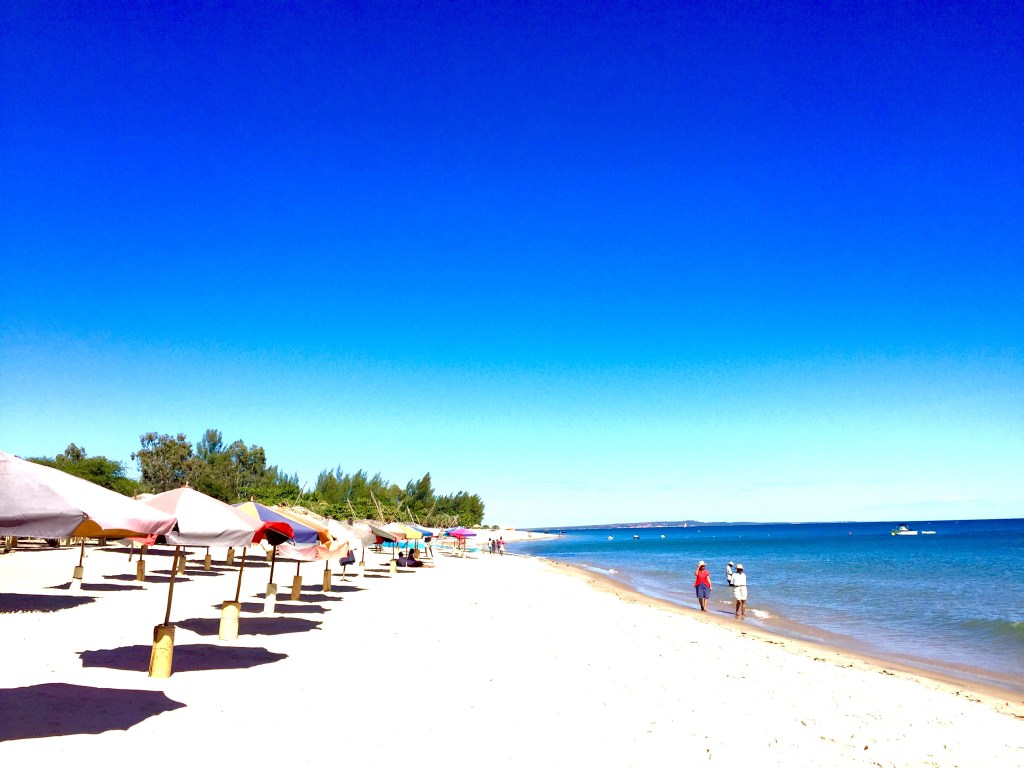















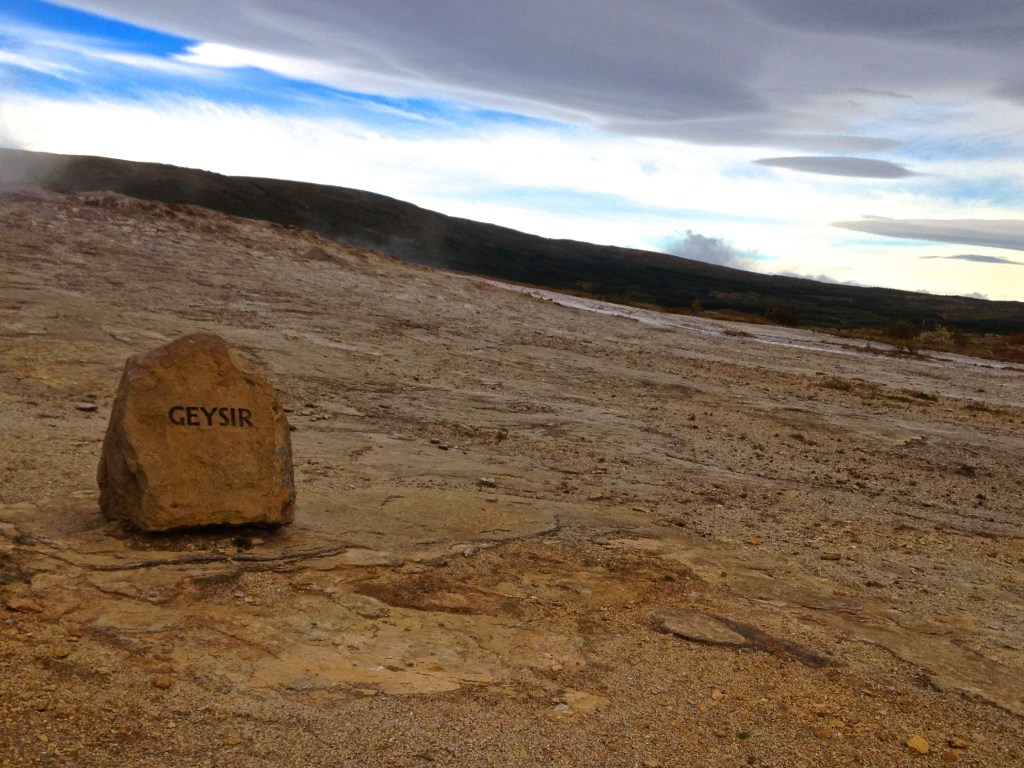

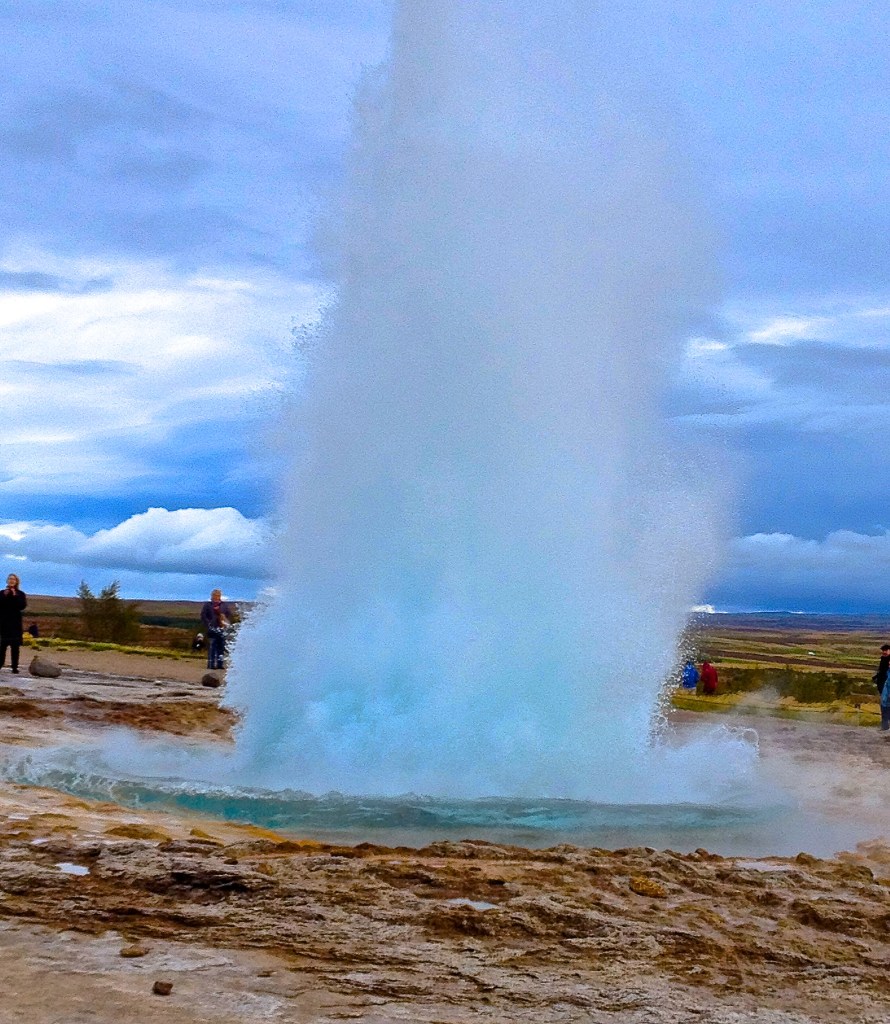
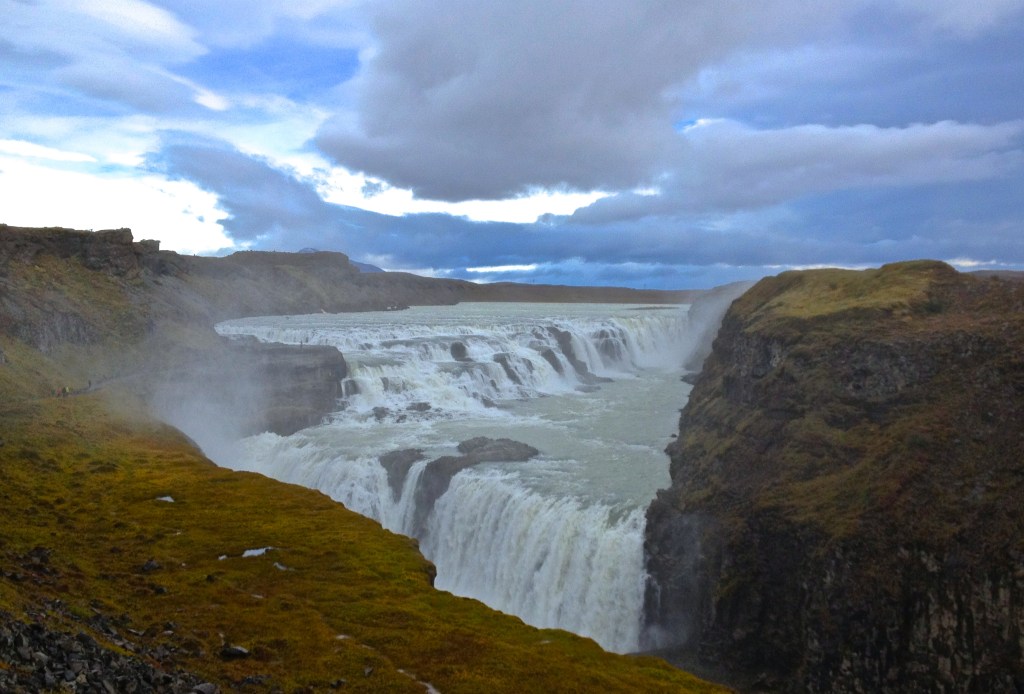




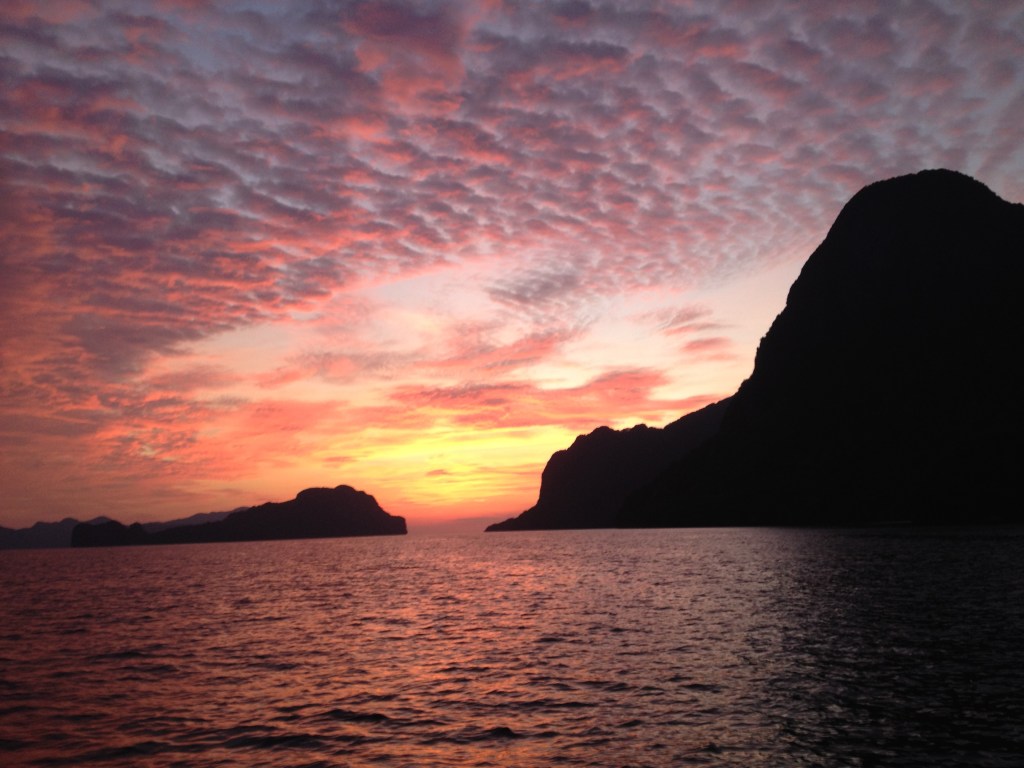

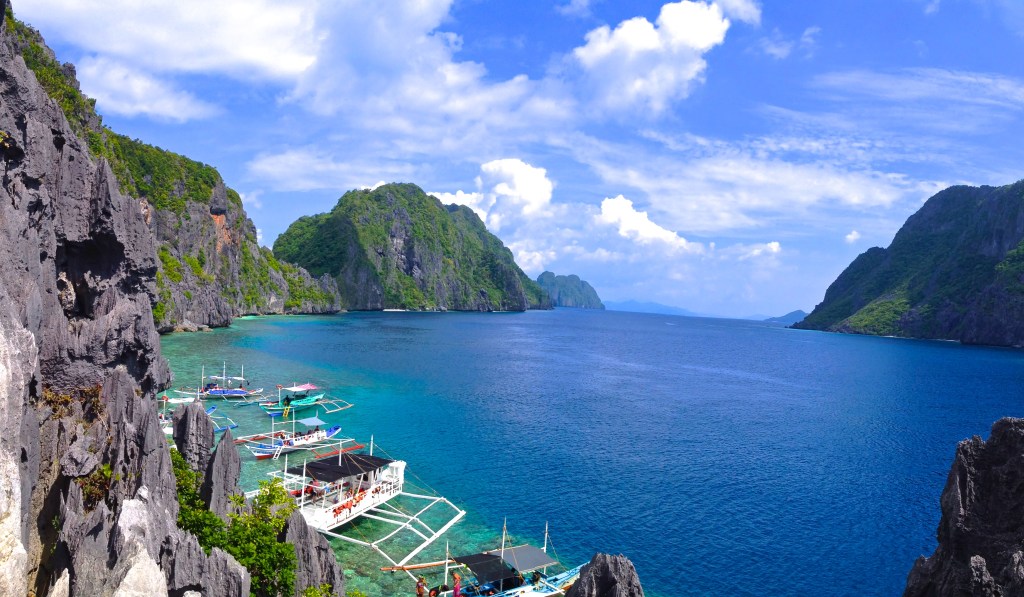
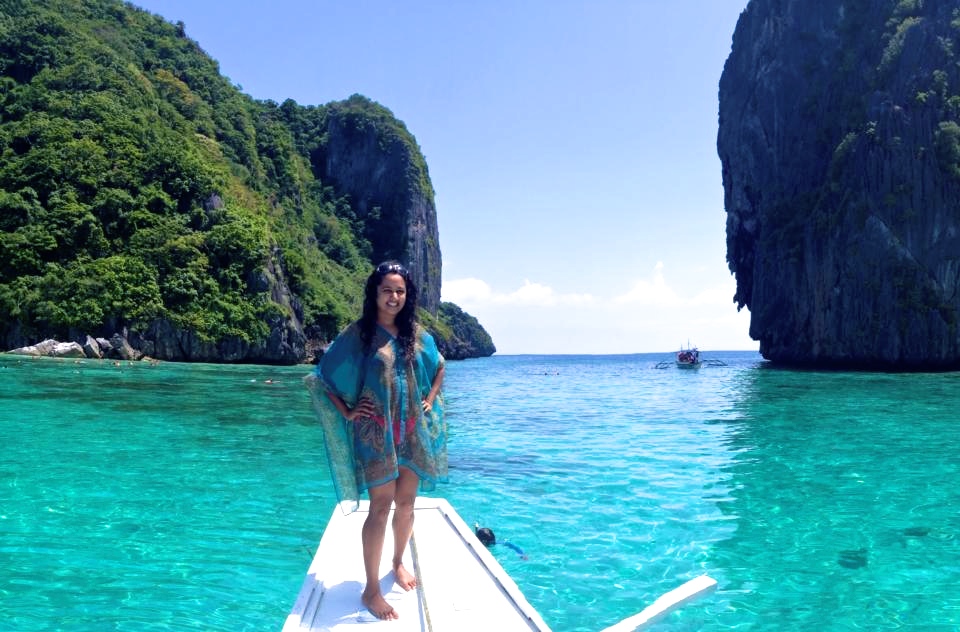



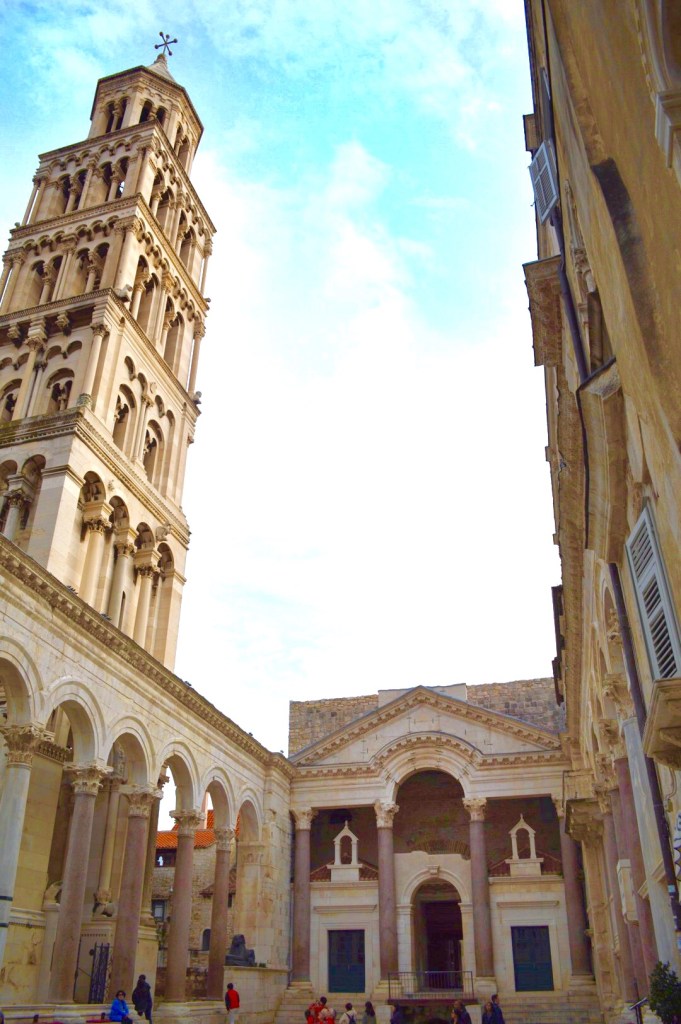
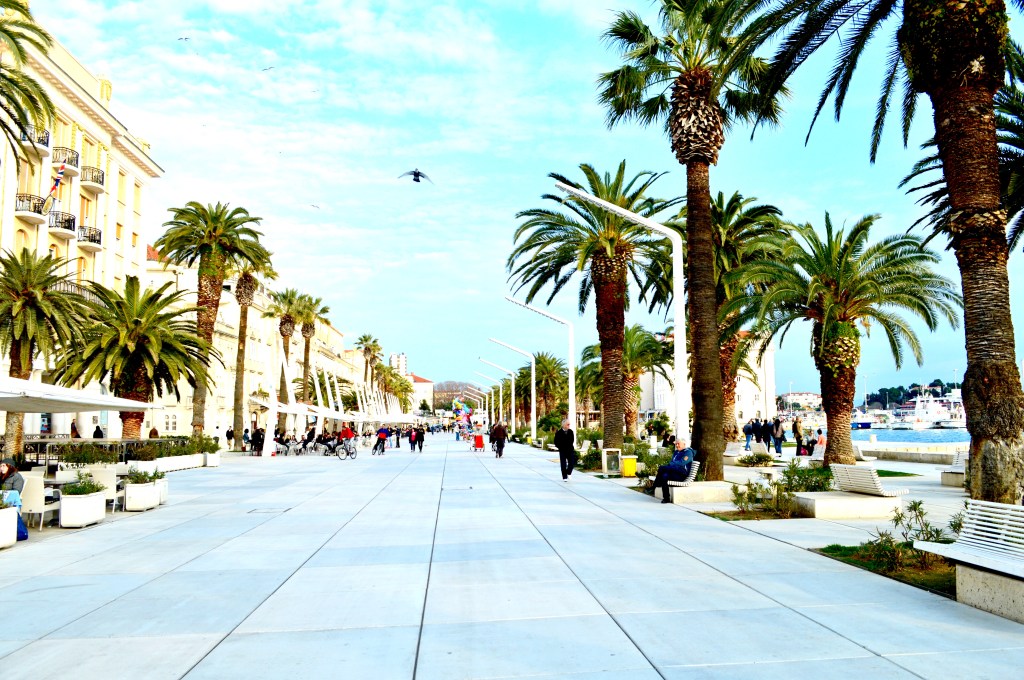





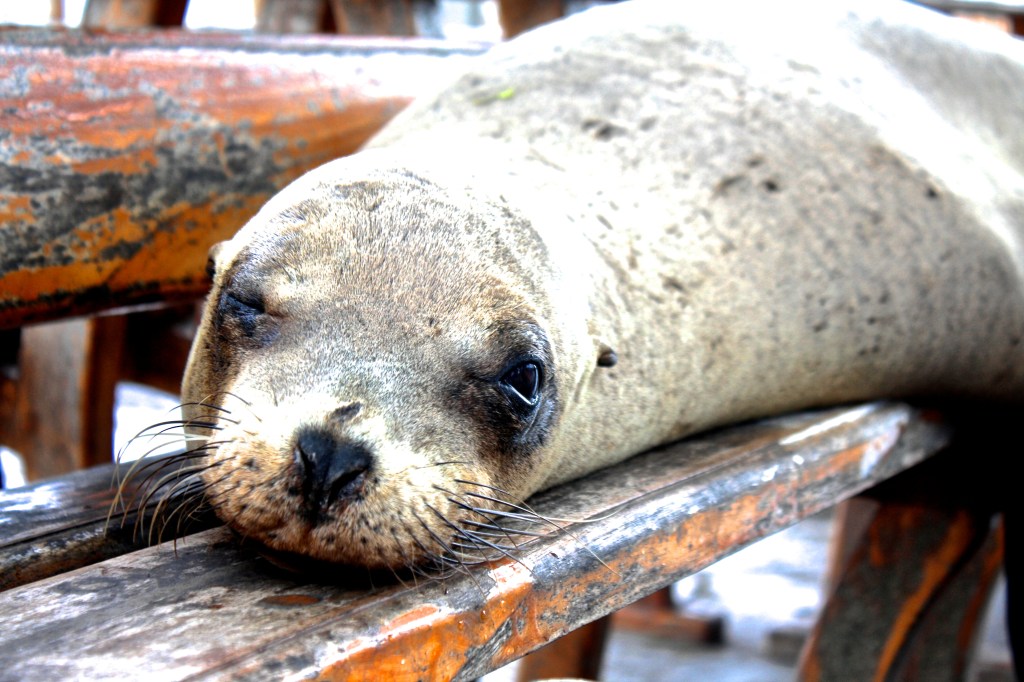






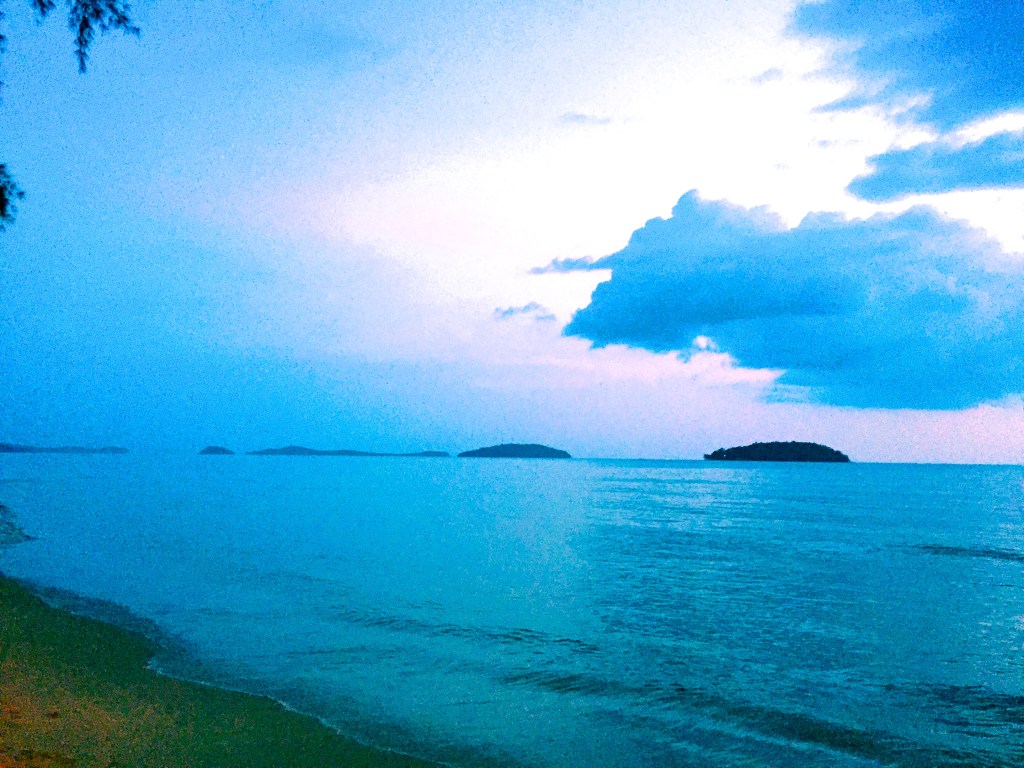

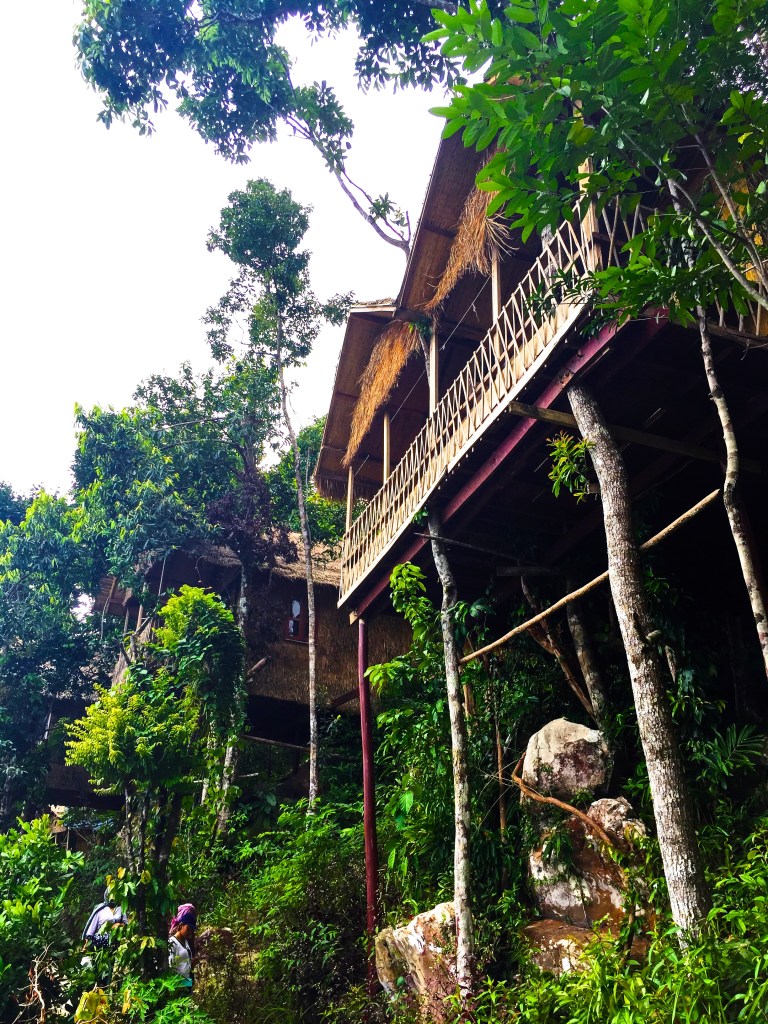
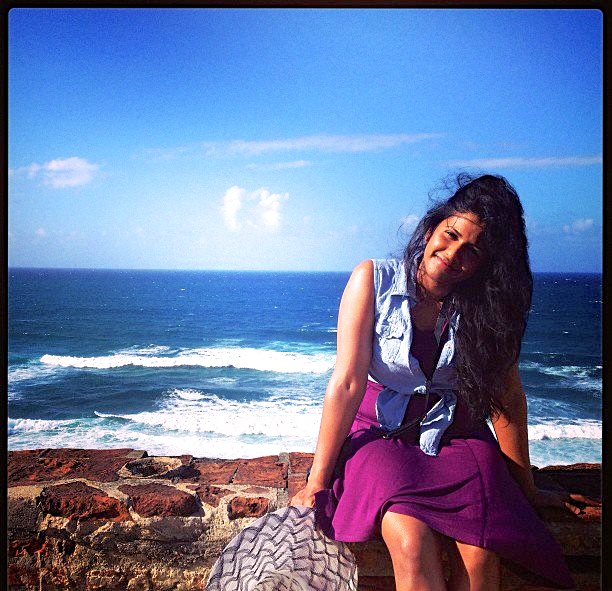




























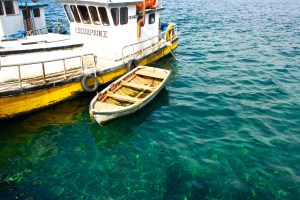


You must be logged in to post a comment.